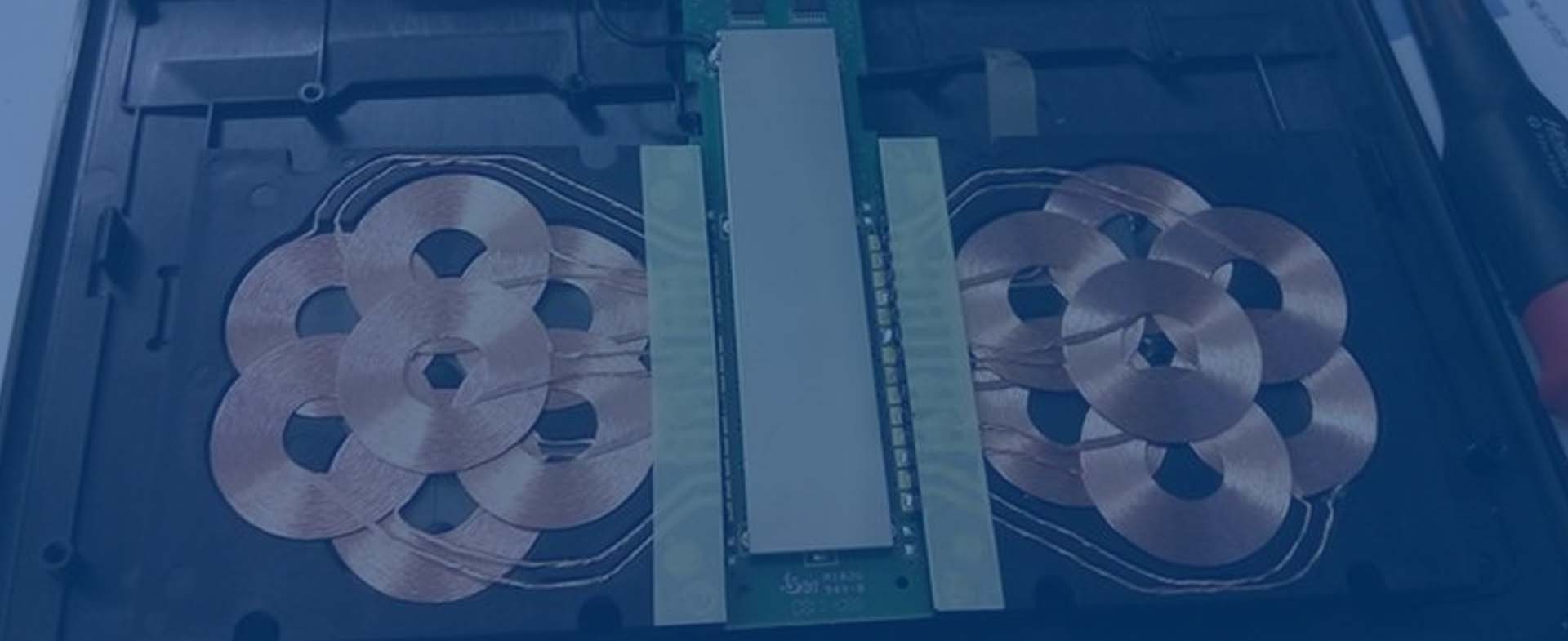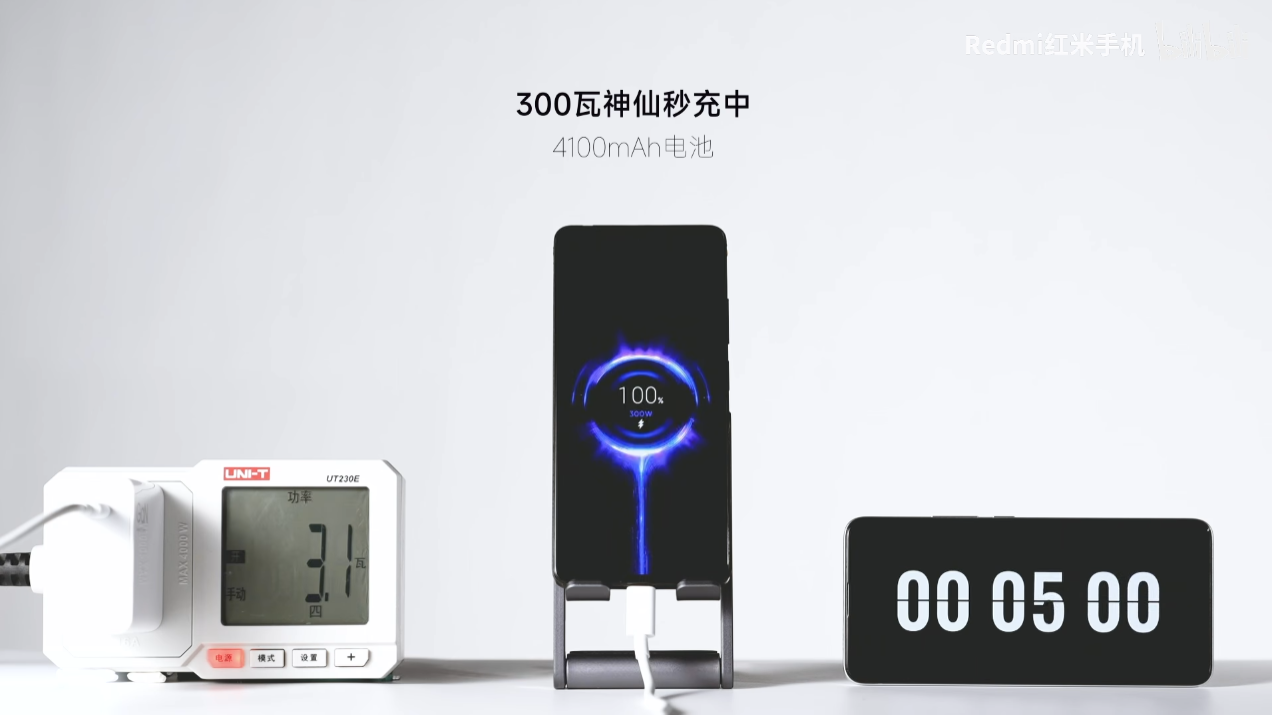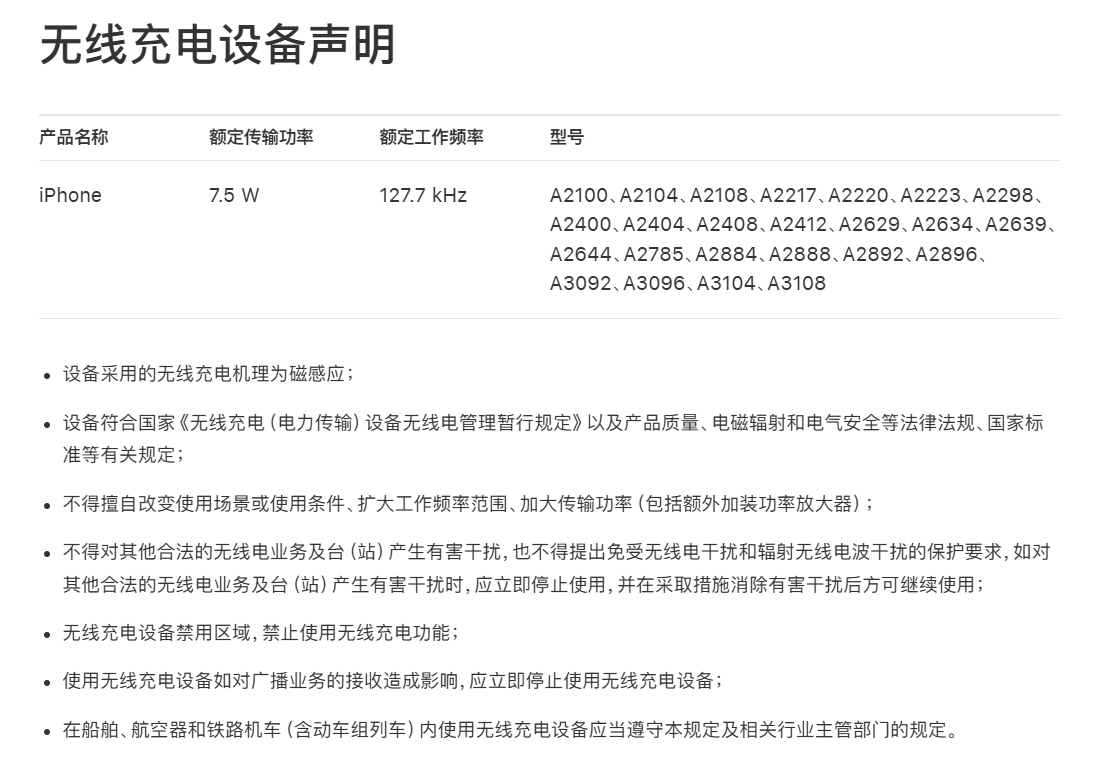
Learn about the latest information
In recent years, mobile phones charging the speed of technological progress is amazing. The charging power has increased from 20W to 65W at the beginning to 120W and 240W today. Just in August, Lei Science and Technology also reported on True My 320W Super Flash Charging Technology. Fast charging greatly shortens the charging time. After drinking a cup of coffee and flipping through a magazine, the mobile phone can instantly recover from "empty blood" to full power, with large capacity. Battery many consumers have also been cured of electricity anxiety.
However, the above-mentioned progress is wired charging. The wireless charging that once "got rid of the shackles of wires" has shown a different picture. A policy three years ago was like a golden hoop on Wukong's head, which made many brands of flagship mobile phones stick to the 50W wireless charging power line one after another. No one dares to cross the line. Today, the gold hoop of wireless charging finally came the good news of "loosening", but it is also a few happy and sad: some mobile phone manufacturers can finally let go of their hands and feet and do it boldly, but some mobile phone manufacturers can't untie them, and the wireless charging power has to be cut with tears.
New wireless charging rules fall to the ground, 50W "hoop spell" broken
according to media reports such as "Computer News", the Ministry of Industry and Information Technology's new regulations on wireless charging, "Interim Regulations on Radio Management of Wireless Charging (Power Transmission) Equipment," will be implemented on September 1.
According to regulations, the working frequency of wireless charging equipment for mobile communication terminals including mobile phones, notebook computers and wearable devices must be within the three frequency bands of 100-148.5kHz, 6765-6795kHz and 13553-13567kHz, with the rated transmission power not exceeding 80W.

Source: Ministry of Industry and Information Technology
in contrast, the current domestic high-end flagship models generally support 50W wireless charging, charging efficiency is far less than the hundreds of watts of wired fast charging. Although the power limit of 80W does not allow wireless charging to surpass wired, it will at least improve the user experience.
Looking back at the application of wireless charging in the mobile phone industry, Palm Pre, the first mobile phone to support wireless charging, was launched in 2009. Subsequently, Nokia developed Nokia Lumia920 based on Qi wireless charging standard. After that, hundreds of mobile phones equipped with wireless charging function were born one after another.
It was not until 2017 that Apple first introduced wireless charging on the iPhone 8 and came standard with this feature in all subsequent iPhone models that wireless charging began to be fully popularized in the mobile phone industry, and now wireless charging has become standard for flagship models.
However, in previous years, the iPhone wireless charging power was mainly slow to develop between 5W-15W, and the charging speed experience was more tasteless. Until the domestic mobile phone brands to join, the wireless charging technology from the gimmick to practical.
On March 27, 2018, Huawei released its first wireless charging mobile phone Huawei Mate RS Porsche version, which supports 10W wireless fast charging, and then successively introduced models supporting 15W wireless fast charging, 27W wireless fast charging and 40W wireless fast charging.
Millet is relatively late to join the wireless charging function of domestic mobile phone brands, but its progress is quite amazing. Since the release of MIX2S, which supports 7.5W wireless charging, in 2018, Xiaomi has only spent 3 years breaking the two world records of 200W wired fast charging and 120W wireless fast charging, and has carried 67W wireless charging on mass production models such as Xiaomi 11 Pro and Xiaomi 11 Ultra.

Source: Lei Technology
the safety issues caused by high power have attracted widespread attention. Finally, after the Ministry of Industry and Information Technology set a 50W power ceiling three years ago, the wireless charging power competition dominated by domestic mobile phone brands stopped. According to the rough development trend of wireless charging power that year, if there is no limit, it is difficult to imagine how much the charging power will increase.
Although the 80W power of the new regulations can only make domestic mobile phones a small test, it also represents the possibility of continuous liberalization in the future. It is foreseeable that after the power ceiling is raised, the 80W wireless charging power will become the standard of the domestic flagship.
IPhone 16 difficult, wireless charging will be domestic crush?
Some people are happy and others are worried that while domestic mobile phone brands are about to loosen their wireless charging power, Apple's already not rich wireless charging power has shrunk again.
Previously, iPhone 15 and other models support MagSafe and Qi2 wireless charging protocol, the maximum power of 15W, the frequency band used by the two protocols is 360kHz, which belongs to the aviation radio navigation service and is not within the working frequency range of wireless charging equipment stipulated in China. Therefore, if the iPhone wants to continue to be produced, sold and used in China, it must be adjusted accordingly.
Xiao Lei noted that at present, the rated transmission power of wireless charging for iPhone has been changed to 7.5W and the operating frequency is 127.7kHz in the wireless charging equipment statement interface of Apple's China official website, and stressed that the equipment conforms to the new regulations.
What is the level of wireless charging of 7.5W? A few years ago, Xiao Lei conducted a wireless charging test on the iPhone11 Pro Max, which was also 7.5W. At that time, it took nearly 5 hours to fully charge. The battery capacity of the iPhone11 Pro Max is 3969mAh, while that of the iPhone 15 Pro Max is 4422mAh, so the full power consumption time will only be more than 5 hours. No wonder some netizens say that Apple's wireless charge is negligible.
It's 2024. If someone told me that it would take 5 hours to fully charge the phone, I would not hesitate to change the phone. Therefore, if Apple cannot make up for the short board of wireless charging, then the wireless charging of the iPhone 16 series is basically equal to no, which will further widen the gap between Apple and Android flagship. After all, 80W wireless power will probably become standard for Android flagship this autumn. The iPhone 16 series, which tried to fight a turnaround with the help of Apple Intelligence, lost another game.
Increasing the power cap is important, and a unified wireless charging protocol is more important.
As a digital enthusiast, Xiao Lei attaches great importance to the charging speed of mobile phones, and also looks forward to seeing mobile phone manufacturers introduce new and come up with better charging technology. After all, it can also extend the mobile phone from another perspective. Endurance time.
Compared with wired charging, wireless charging has a completely different experience of "no wire bondage". Of course, wireless charging also has short boards, that is, charging while using is not supported.
Different users are used to different charging methods. With the increase of the upper limit of wireless charging power, wireless charging will become the choice of more users. Smartphones can have new breakthrough and upgrade selling points, and the related accessories market will also usher in a huge new cake.
Looking to the future, will the charging power of mobile phones continue to increase? Will there be 1000W wired fast charging or wireless charging? In Xiao Lei's view, it is unlikely. The increase from two hours full to half an hour can indeed shock consumers, but at the moment when the average person is full of 20 minutes, consumers can no longer feel the difference between 20 minutes and 15 minutes, that is to say, under the marginal effect, Consumers' perception of shortened charging time will only become weaker and weaker.
In other words, unless the charging efficiency is raised to a new stage in the future, the gimmick of the upper limit of charging power such as 120W and 200W is far greater than the practicability, and it is better to raise the average charging power to be practical-one problem with the current fast charging is that the charging is fast in the state of power shortage, and the charging speed will continue to decline as the power is full.
In addition, in order to develop safely, it will be a long process to relax the high probability of wireless charging power peak. At present, the most widely used wireless charging scheme in the industry is only an ordinary electromagnetic charging coil scheme. The principle is similar to that of a microwave oven, that is, an alternating current is generated through the charging plate, and then an induced electric exchange is generated through the coil, and finally a current is generated at the receiving end of the mobile phone. The whole process will generate corresponding heat.
Before components such as high-power transceiver coils and charging SoC chips are ready, blindly pursuing the upper limit of wireless charging power can easily cause heat and battery damage during charging, which cannot ensure the safety of users' mobile phones and battery life to the maximum extent.
As for the wireless radiation that some users worry about, that's another topic.
Like wired charging, wireless charging also faces the problem of privatization of protocols. Qi has been the world's leading global wireless charging standard for portable consumer electronics since 2010. The public wireless charging protocol Qi has been upgraded to Qi2 in the past two years, with a maximum charging power of 15W. At present, more than 15W is basically wireless charging with private protocols.
If the user is not using a matching wireless charging device, it will not reach the highest power. For users who use two different brands of mobile phones at the same time, they have to find the corresponding charging kit for each charge, which is true and troublesome.
In terms of the consumer's experience, if a universal wireless charging device can quickly charge all mobile phones, it will not only allow consumers to go out with a few charging devices, but also save the cost of purchasing equipment.
In addition, it is conceivable that if the wireless charging protocol is open and standardized, in the future, there will be some wireless charging infrastructure, such as the dining table of high-end restaurants, the seat armrest of high-speed rail, the intelligent cockpit of the car... All can bring their own wireless charging module, so that users can charge immediately.
In general, driven by the new wireless charging regulations, mobile phone brands have another point that can be rolled in, and the upstream and downstream industries will also receive new orders, which will ultimately benefit our consumers. Of course, the consumers mentioned here do not include Apple users. Android users who intend to change machines after September can enjoy wireless charging with both efficiency and experience.